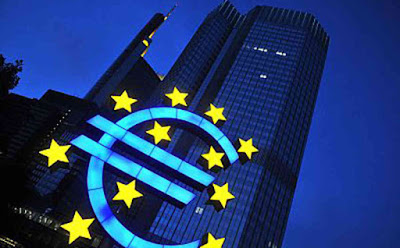Commodities
Oil rose about 2 percent on Friday, clinching its biggest weekly gains since April, after a short covering rally was triggered by comments from Saudi Arabia's oil minister in the previous session about possible action to help stabilize the market.
Crude pared some gains after data showed U.S. oil drillers added rigs for a seventh straight week, the longest recovery in the rig count in more than two years. They added 17 rigs, the biggest increase since December.
Brent crude futures settled 93 cents higher at $46.97 at barrel after touching $47.05, the highest in more than three weeks.
U.S. crude settled up $1 at $44.49 after touching its highest level since July 22 at $44.60 per barrel.
Both contracts notched weekly gains of about 6 percent, the biggest since late April.
On Thursday, crude surged nearly 5 percent after Saudi Arabia's energy minister said oil producers would discuss potential action to stabilize oil prices during a meeting next month in Algeria.
The news spurred short covering, traders and brokers said, even though the likelihood of any agreement remained slim.
"Although we regard such an agreement, let alone its implementation, as unrealistic, it is dampening fears of a continuation of the OPEC price war," Commerzbank (DE:CBKG) said in a note.
Oil prices have recovered since U.S. crude fell below $40 last week, but are still more than 12 percent below their last peak in June, as brimming storage tanks and production that exceeds consumption weighs on markets.
"Despite the recent bounce in prices, we continue to believe that the oil market remains in oversold territory," RBC Capital Markets analysts said in a research note.
"As such, the price path forward will likely remain choppy and non-linear since price moves can and will often be exacerbated in either direction."
Iran slashed its September official selling price for light crude to Asia by $1.30 a barrel, the latest sign that exporters are willing to accept discounts in return for market share.
Traders said a drop of 8.1 percent in China's oil output in July, to a five-year low of 16.72 million tonnes, also lifted prices because it would mean Asia's biggest economy has to import more crude.
"As both a consumer and a refiner of oil – the country's refineries processed 2.5 percent more crude oil than last year in July – China is thus contributing to the tightening of the oil market," Commerzbank said.
Source by Reuters











